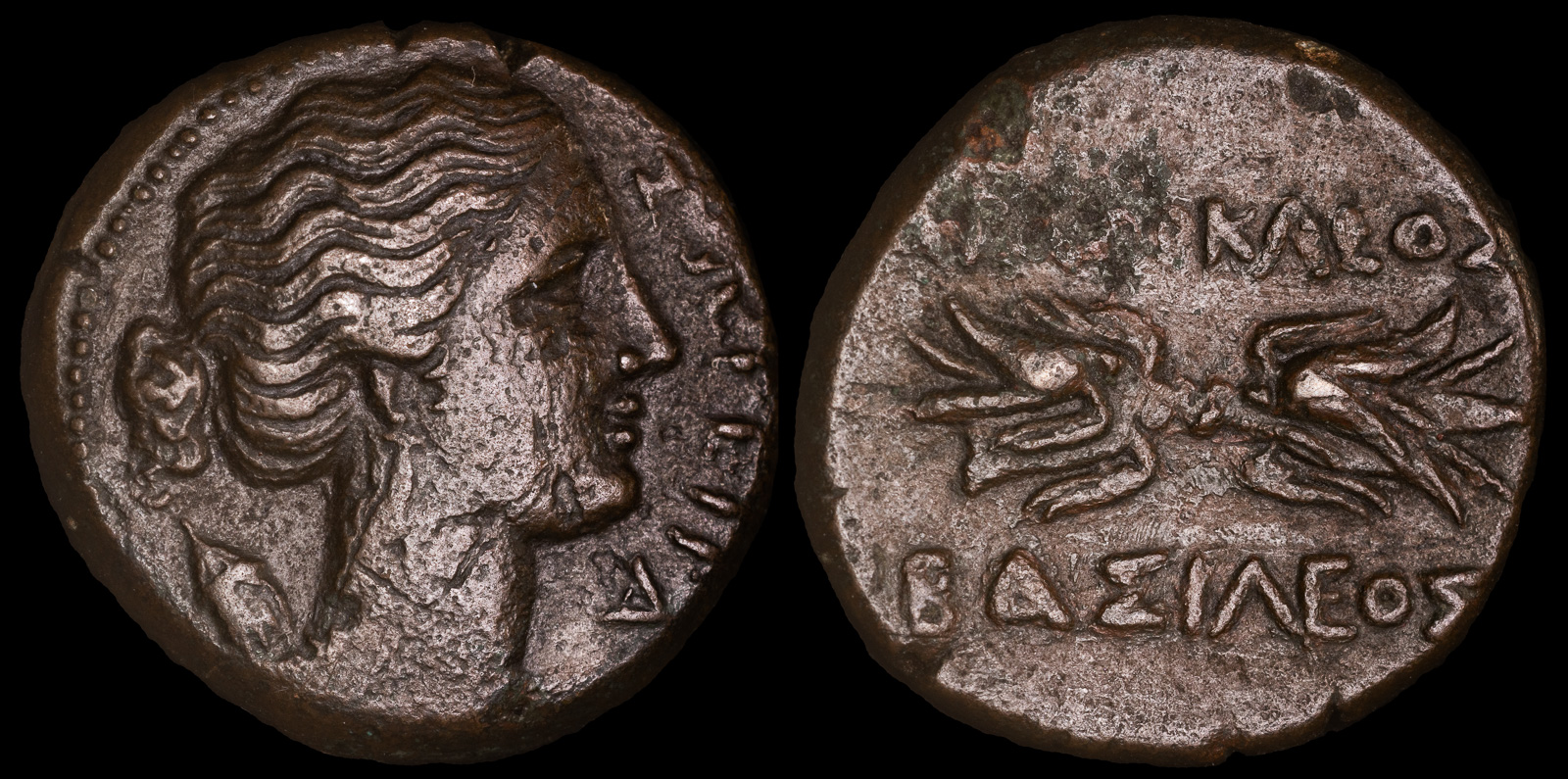Winged Thunderbolt
View All Tags
In this form, the winged thunderbolt represented the divine intervention that shaped the world of mortals. As a symbol of divine authority, it reminded people of the gods’ pervasive influence in daily life, as well as the consequences of defying the natural order or the divine laws. The winged aspect also reflected the idea of fate, and how it could change or intervene suddenly, almost as if propelled by the divine winds, affecting both the lives of individuals and the course of events. The image of the winged thunderbolt thus embodied the combination of control and unpredictability that was intrinsic to the power of the gods.
The winged thunderbolt also had a significant role in Greek iconography relating to victory. In some depictions, it was used in association with Nike, the goddess of victory. The wings symbolized not only speed but the ability to soar above earthly concerns, and the thunderbolt often represented the power that secured the victory, whether in war, athletic competition, or battle against injustice. The appearance of the thunderbolt with wings on coins could thus symbolize the victory of Zeus’s divine order over chaos and discord.

Agathokes of Syracuse 317-289 BCE
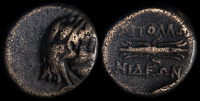
Apollonis, Lydia 200-100 BCE
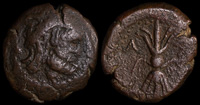
Axos, Crete 3rd-2nd cent BCE
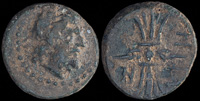
Cremna, Pisidia 26 BCE
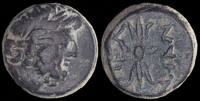
Kolossai, Phrygia late 2nd-1st centuries BCE
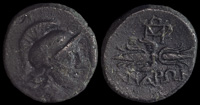
Metropolis, Ionia 100-0 BCE
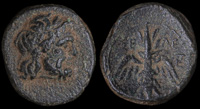
Seleukeia, Syria 312-280 BCE
